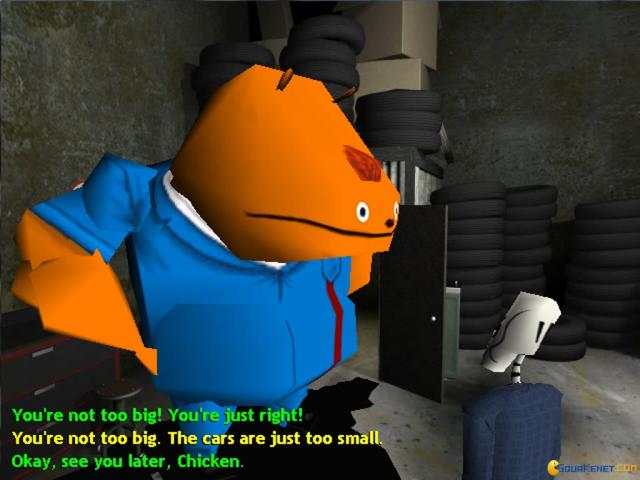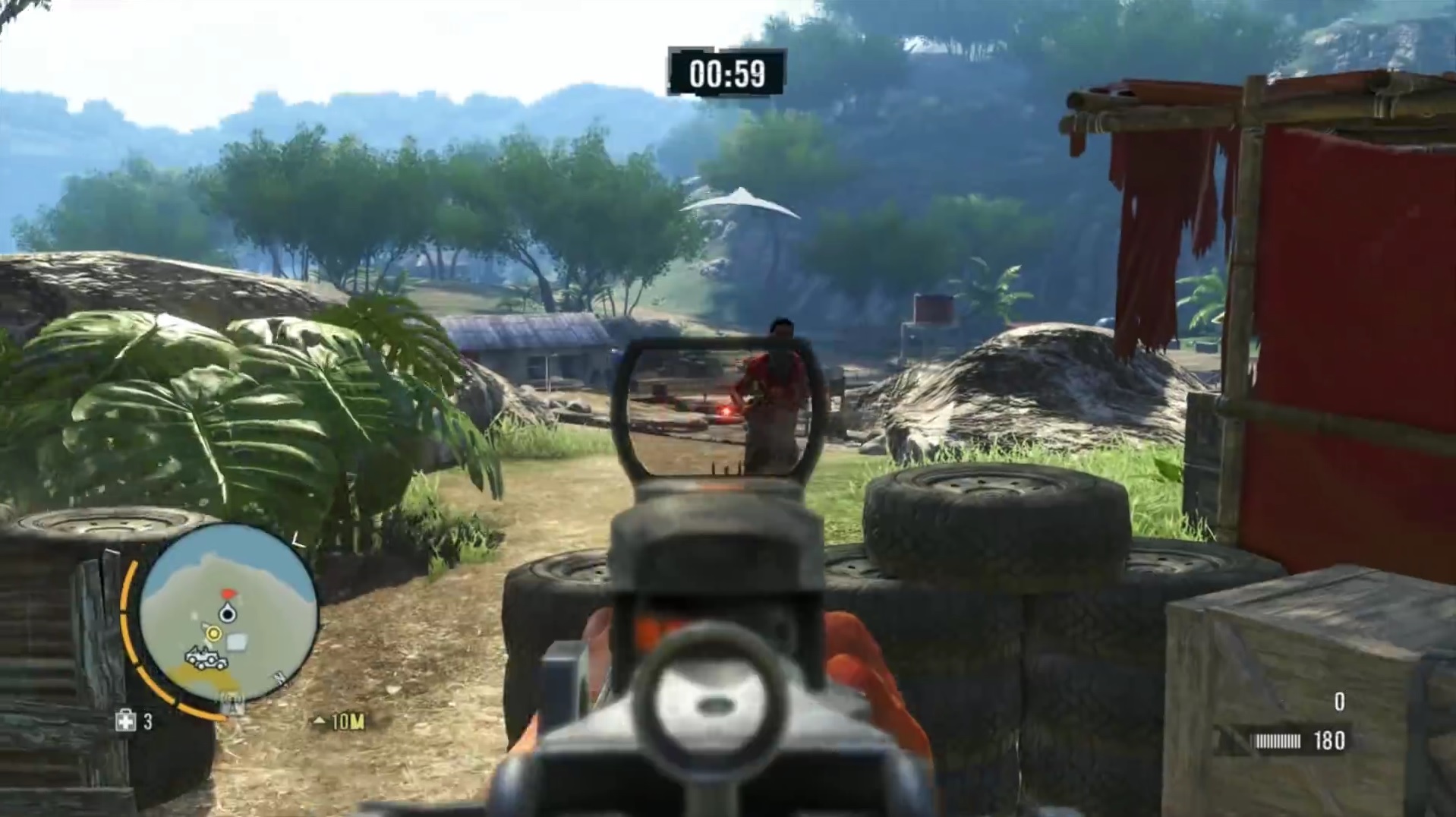This is Part One of an ongoing series of post describing the design of Turing Adventure. You can try the game and vote for it in the Adventure Jam here.
- Part One: Motivation: Feel the adventure
- Part Two: How to push the adventure feeling further
- Part Three: Turing Adventure: Overview and design choices
- Part Four: AIML: The technology behind Turing Adventure
- Part Five: The psychology of human-chatbots interactions
- Part Six: Technical and design difficulties
Make the conversation matter
Once of the things that unnecessarily hurt the “I’m living it” sensation is the classical tree dialog system. Often, the NPC respond to your questions as long as you keep asking, so you don’t worry about what actual question you make. You can always go back in the tree and try other path. There are of course in some conversations some tree leaves that are triggers, but more often than not, they are easily avoidable, at least until you’re sure that there are no more dialog lines.
Some games present you with different options at the same time that are all triggers, but any of those options have the same consequences (with the only possible exception of choosing between several game endings -or between the light and dark side). Players choose between them trying to play true to their characters, but those choices are actually just illusions of freedom.
Other games are slowly innovating in this area. To name one, Kentucky Route Zero often presents the player several choices that have a small but persistent impact in the story. They are triggers, unavoidable, and have consequences fot the rest of the game. For example, you have to choose the name of the dog that accompanies you when you’re asked about its name, and the one you choose will be its name for the rest of the game. It is not a huge consequence, but after choosing poorly a couple of times, thinking that you can go back to explore the rest of the dialog, you start thinking twice the answer you give. It’s a small change, but is a huge deal regarding gameplay.
However, no matter how much we tweak it, the real thing preventing you from impersonating the real adventurer is the mechanic of choosing itself! What if we get rid of it? What if you have to think exactly what you are saying?
Make the timing matter
Other aspect in adventure games that make the sensation you feel while playing different to what, say, Indiana Jones may feel in the film, is the timing. Don’t get me wrong: a puzzle should be a puzzle, with time to think it over, and it’s ok to combine relaxing events with rush times. However, you don’t think the same way, or more important, feel the same, when a giant rolling ball is about to smash you, than when you know you are safe. That is the reason why in adventure games you do things that are at odds with what a character of a book or a movie would do.
Many players would enjoy exploring the Far Cry world (I certainly do!), or try to complete all the bits of the game. On the other hand, 007 would take a moment to admire that amazing Asian landscape from time to time, but he would never stop the mission just to see what’s there, or to speak with every single citizen of a village. And we want the player feels like 007, right?
I believe a right balance can be achieved, and that includes stressing the player in some parts of the game, according with the necessities of the narrative.
Besides, giving the player a peak to an awesome environment but not letting him explore completely will make her feel that this environment is real and even infinite. Isn’t that awesome?


Designing Turing Adventure Part Three: Turing Adventure: Overview and Design Choices
[…] Part Two: How to push the adventure feeling further […]
Designing Turing Adventure Part Four: AIML: The technology behind Turing Adventure
[…] Part Two: How to push the adventure feeling further […]
auiuka
4gjngt
8ckqmv
yg3c8z
iwsu1y
izl4g1
vvs7kz
34ph71
js1b4r
c2m4oi
q4idjz
yroz28
wa0app
pnh7k9
yel96l
bjip5o
k2rnky
s3xjtz
wdzkkb
jqwc9c
j3sl3q
fqmtg7
uwwpjs
673hgo
mxrbyi
4h6yde
1nsvip